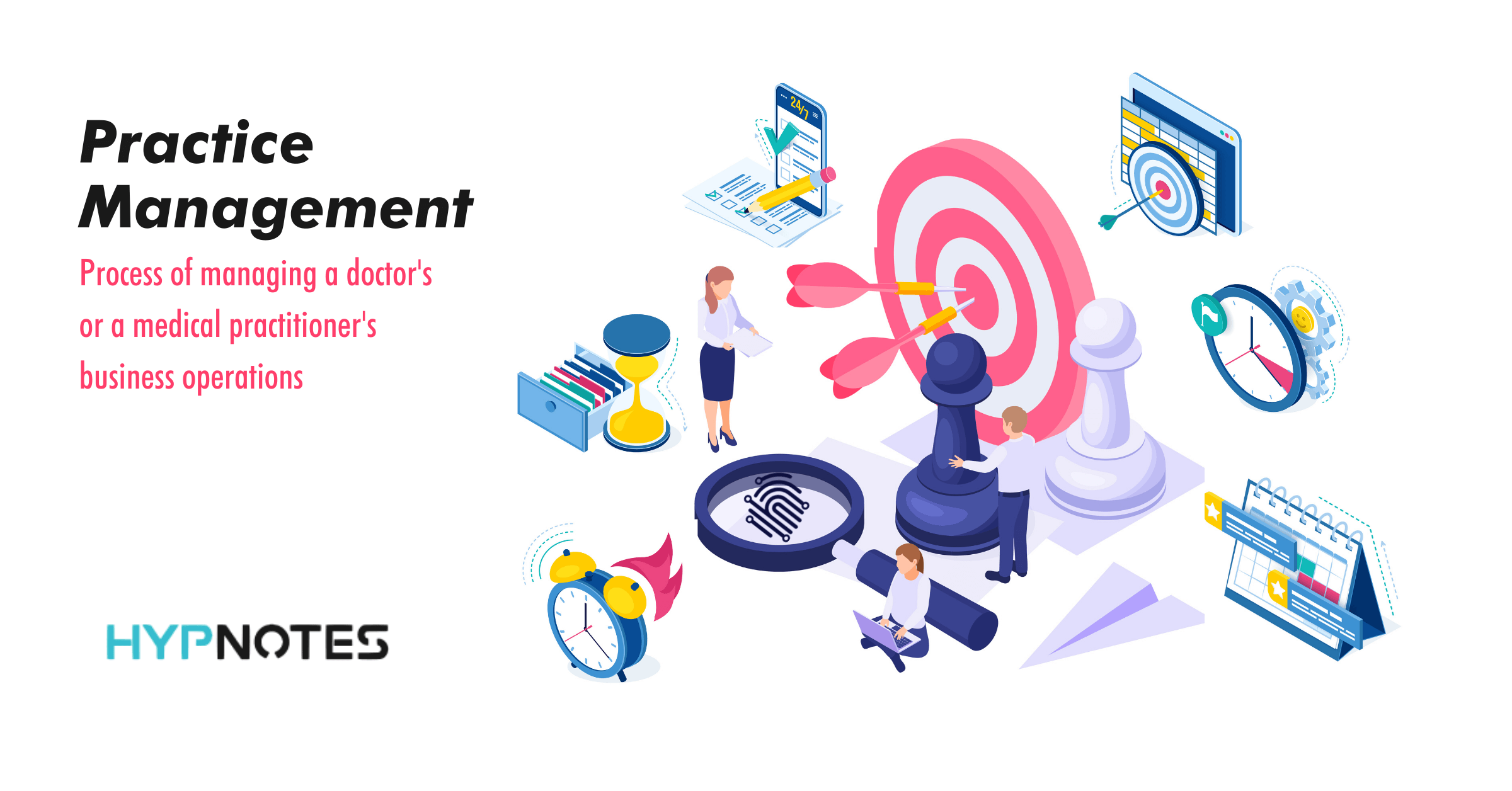Why Clinic Management Software has become a key innovation in medical practices.

In the current fast-evolving healthcare landscape, medical practices face multiple challenges that demand innovative solutions. One of the most notable advancements in this realm is the introduction of practice management software. This tool is transforming how clinics operate, enhancing processes, and improving patient care. As clinics strive to enhance efficiency and maintain high standards of service, the adoption of practice management software has been shown to be a key change.

Management software for practices offers a robust suite of tools designed to streamline various administrative tasks, from organizing appointments to managing patient records and billing. By integrating these features into a single platform, clinics can reduce the burden on their staff, cut down on errors, and finally focus on what matters most—the well-being of their patients. Embracing this tool not only boosts operational efficiency but also positions clinics at the forefront of the competitive medical market, making it clear that practice management software is indeed the future of healthcare service.
Advantages of PM Software
PM software streamlines administrative tasks, allowing clinics to operate more efficiently. With capabilities like appointment scheduling, billing, and patient record management, healthcare providers can minimize the time spent on paperwork. This effectiveness means more time can be dedicated to patient care, improving the overall satisfaction for both providers and patients.
Another notable benefit is enhanced accuracy in billing and coding. Practice management software minimizes mistakes in claims processing, which can lead to faster reimbursements and lower denial rates. Accurate and on-time billing not only enhances the financial health of a clinic but also creates a better relationship with patients who value transparent billing practices.
Additionally, practice management software offers improved reporting and data analysis capabilities. Clinics can track key performance indicators and identify trends over time, allowing them to make educated decisions regarding staffing, patient care, and revenue management. This data-driven approach helps clinics adapt to changing healthcare landscapes and ultimately improves patient outcomes.
Important Characteristics to Consider
When picking practice management software for your clinic, one of the most critical features to evaluate is user-friendly design. A system that is easy and easy to navigate will ensure that your staff can adopt it quickly, minimizing disruptions during the transition period. Look for software that offers customizable dashboards, straightforward appointment scheduling, and clear patient management tools that simplify daily operations.
Another crucial feature is robust reporting and analytics capabilities. It is crucial to track vital statistics such as patient volume, revenue trends, and operational efficiency. Practice management software that provides detailed reports can help clinics make informed decisions, determine areas for improvement, and ultimately enhance the quality of care provided. These insights can guide strategic planning and enhance resource allocation, leading to better patient outcomes.
Lastly, connectivity with other tools and systems is a key consideration. The best practice management software should smoothly integrate with digital health records, billing systems, and telehealth platforms. This integration allows for a more integrated workflow, minimizes the likelihood of errors, and enhances communication between different aspects of patient care. Ensuring that your software can link with existing systems will free up time and enhance the overall efficiency of your clinic.
Deployment and Training Advice
Successfully implementing practice management software demands a structured approach to ensure a efficient transition for the clinic. To start, it is important to involve all important stakeholders in the planning process. This comprises administrative staff, healthcare providers, and IT personnel. Assembling input from these individuals aids to identify specific needs and challenges the software must address, allowing for a more customized system that aligns smoothly into the clinic's process.
Once the software is selected, a comprehensive training program is crucial for maximizing its benefits. Plan training sessions that cater to various user roles within the clinic, as each group will have unique functionalities to learn. Providing hands-on training and real-life scenarios can significantly enhance the learning experience. Additionally, creating a reference guide or FAQ document can assist users as they encounter challenges during their first use of the software.
Finally, ongoing support is essential after the implementation phase. Select a few team members as software champions who can support their colleagues with questions and resolve common issues. Regular check-ins and feedback sessions can help detect any areas where further training or support is needed. By keeping an open line of communication and adjusting to users' needs, clinics can ensure that the practice management software persists to boost efficiency and patient care over time.
